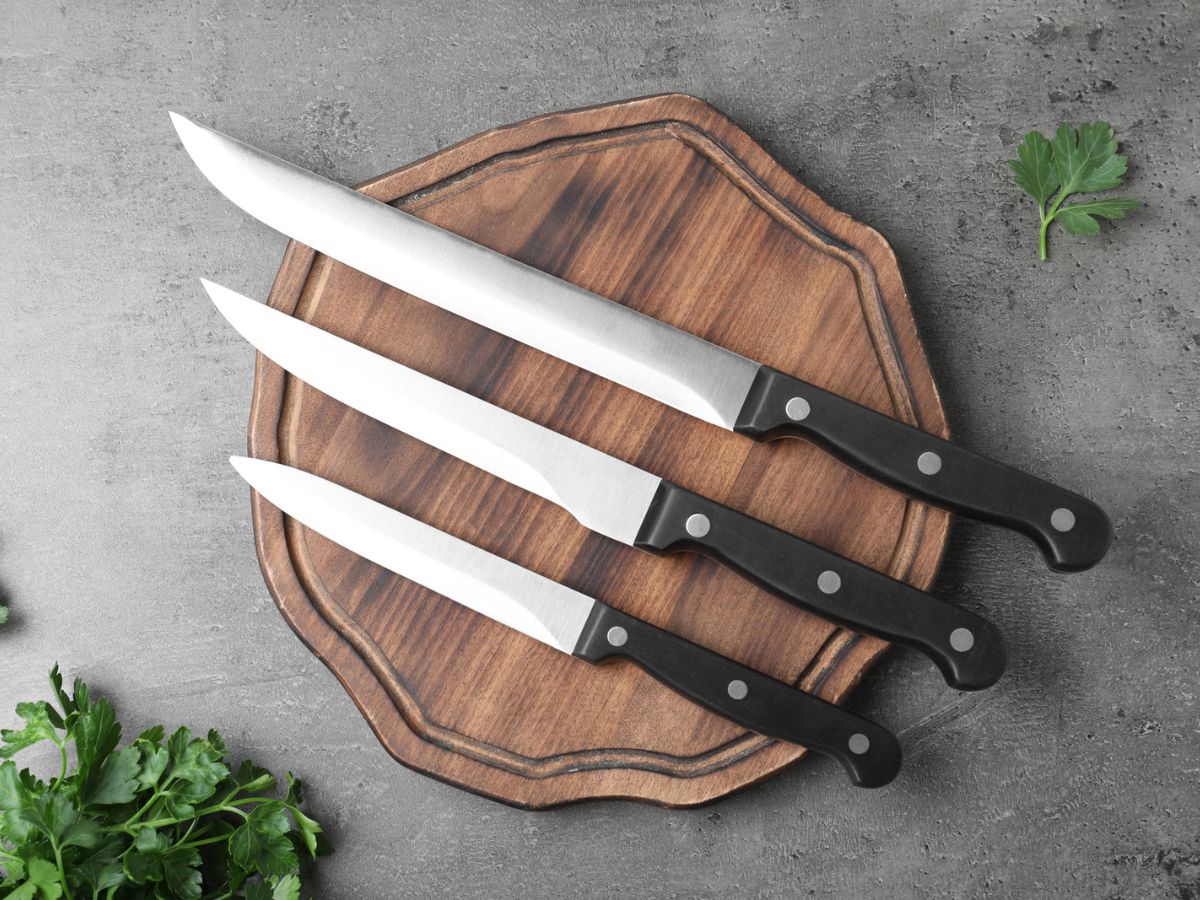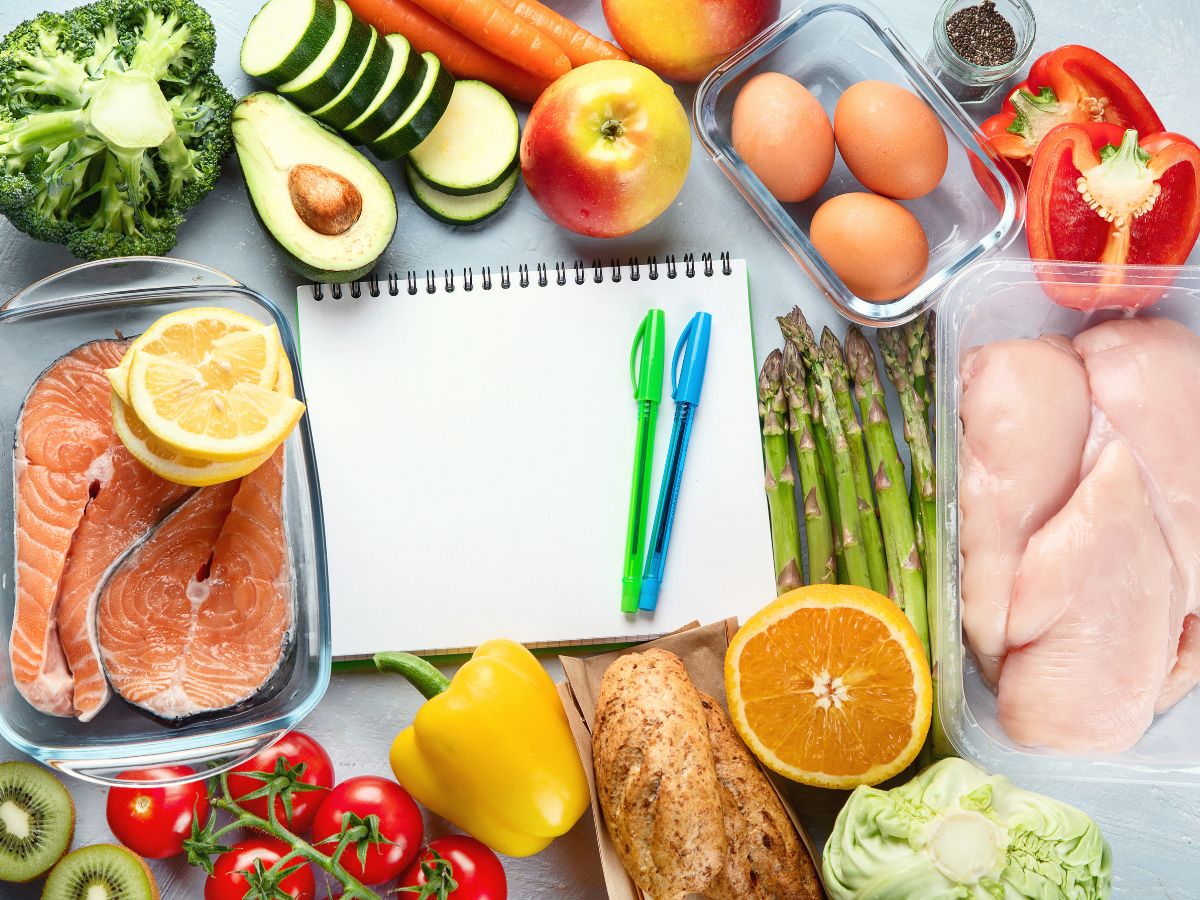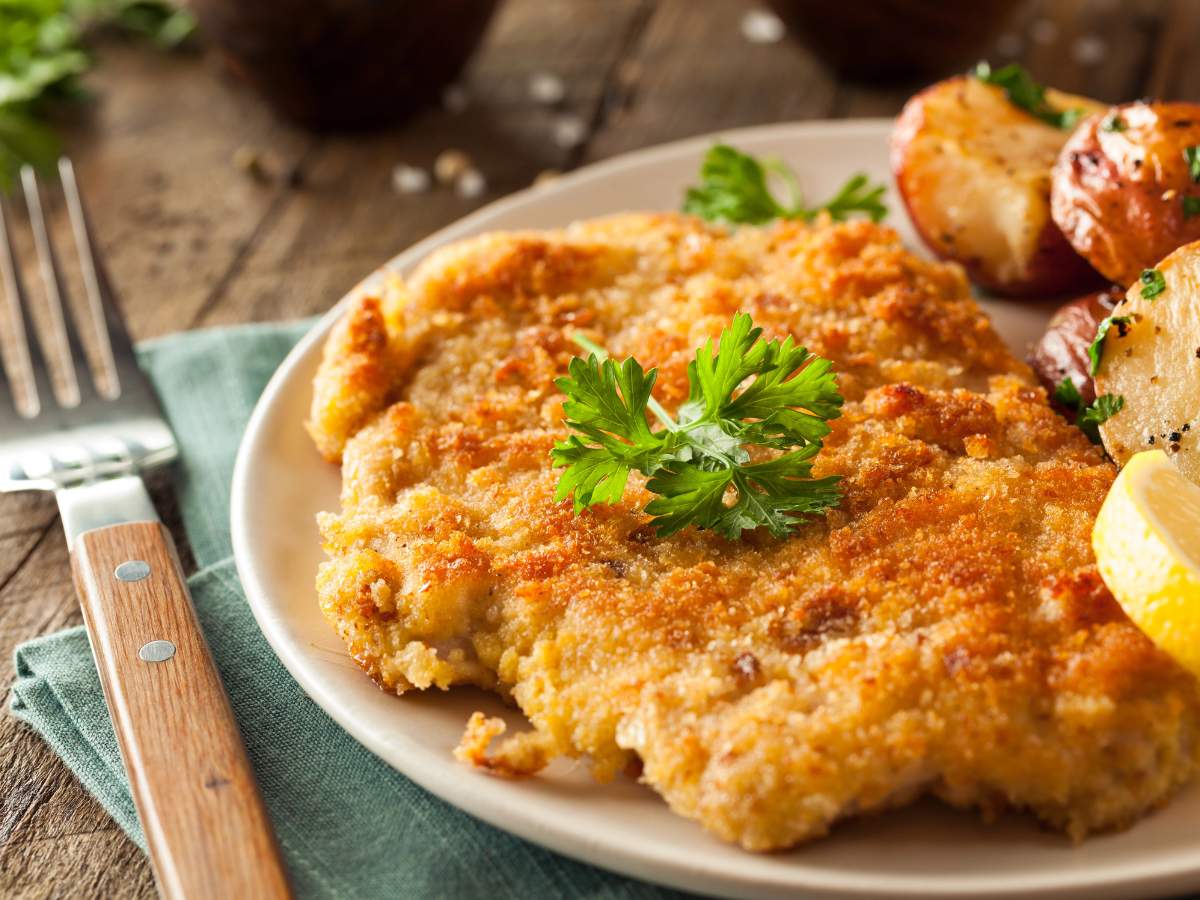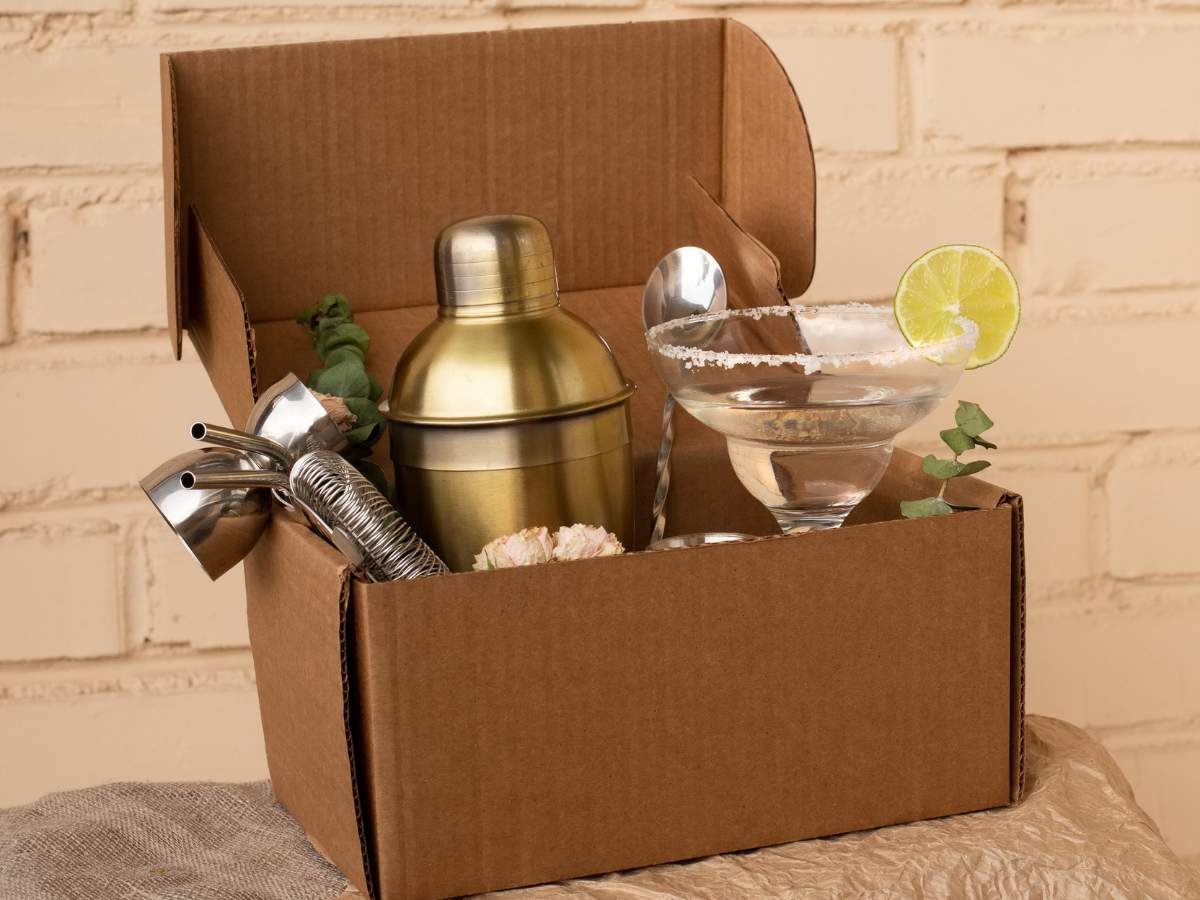Tips To Save Money On Groceries
As a participant in the Amazon Services LLC Associates Program and other affiliate programs, Easy Homemade Life may collect a share of sales or other compensation from the links on this page. This comes at no additional cost to you, and all the prices and availability are accurate at the time of publishing.
Remember the days when a loaf of bread didn’t cost $7.99? Today, with grocery prices rising and grocery items shrinking, it’s no surprise that consumers are hungry for ways to save money on groceries.

If you haven’t tapped into the potential of budgeting, smart shopping, leveraging rewards, and minimizing waste, then keep reading. You might be surprised to learn how much you can save on your monthly grocery bills.
Plan Your Grocery Budget
With so many ways to track your spending, it’s never been easier to budget your grocery shopping. Whether you use a budgeting app that integrates with your bank accounts, prefer to plan things out in spreadsheets or just rely on good old paper and pencil, you can find a budgeting method that works for you.
When budgeting, it’s important to be realistic, even as you strive to increase your savings. You might find it helpful to look back at the past few months of grocery bills and calculate your future budget based on how much you’ve actually been spending. You may also want to look at how much money you spend on takeout food, dining out, or getting your favorite Starbucks drinks. All of this information can help you set practical weekly or monthly limits for your spending.
Once you’ve set a realistic budget, you’ll be able to make a shopping list that reflects how much you should spend that week. Hitting the grocery store with a list can prevent you from impulsively spending money on items you don’t actually need. And, of course, don’t forget the golden rule of grocery shopping: never, ever shop on an empty stomach.

How To Plan Your Grocery Budget Step By Step
Once you’ve reviewed your previous grocery spending habits and considered your family’s eating habits, take the time to sit down to plan your budget and create your shopping list. Follow these steps below:
- Set A Budget. Set a budget for your grocery shopping, whether weekly or monthly. Make sure that the budget is realistic and aligns with your income and financial goals.
- Create A Meal Plan. Create a meal plan for the week or month, including breakfast, lunch, dinner, and snacks. To save money and to minimize food waste, choose recipes that use similar ingredients. Family meal planning allows you to stay organized, make efficient grocery lists, and helps make sure that you have everything you need for balanced, delicious meals.
- Make a Shopping List. Write down all the ingredients needed for your meal plan. It helps to break down all the dishes in your meal plan by ingredients so that you won’t forget anything. Make sure to include other staples you may need such as cooking oil, spices, and pantry items like rice or pasta for efficient shopping and meal preparation process.
- Check Your Pantry. Before heading to the store, double check your pantry for items that are on your list that you still might have. I usually have to check the upper shelves or items at the back for good measure, and I often find unused canned goods and other forgotten food items. Adjust your shopping list based on what you find in your pantry.
- Track Your Spending. Once you’re finished with your shopping, keep a record of your grocery expenses each week or month from here on out. Monitor your spending through a record notebook, an online spreadsheet, or a budgeting app. Compare your actual spending to your budget and make adjustments as needed.
- Adjust and Improve. After a few shopping trips, you’ll be able to get a clear insight of your shopping and spending habits. Identify areas where you can cut back or remove completely. You’ll be able to refine your meal planning and shopping strategies as time goes by.

Smart Shopping
If you’ve mapped out your grocery budget and jotted down your grocery list, you aren’t out of ways to save yet. Save money on groceries by taking advantage of these smart shopping strategies:
- Don’t Feel Shy About Comparing Prices. If there are staples that you tend to buy every week, keep track of how much those items cost at different grocery stores near you. The extra effort will pay off when you know you’re getting the cheapest price for an item you need.
- Buy Bulk. Set aside some time to make a few dishes with the same bulk items. For example, buy chicken breast in bulk and use them to make herb-crusted chicken or Ruth’s Chris stuffed chicken. Drawing from two cuisines will prevent you from feeling like you’re eating the same meal endlessly. Plus, you can freeze the leftovers for later: your future self will thank you.
- Don’t Fall For Marketing Tricks. If an item appears to be on sale but isn’t in its normal location, make sure to compare it to similar products in the aisle where it is normally found to see whether you’re actually getting the best price.
- Shop Seasonally. Print out a poster of seasonal fruits and veggies and keep it on your fridge to inspire you when you make your weekly grocery list. Seasonal food tends to be cheaper, tastier and more environmentally friendly. Farmer’s markets, community gardens, co-ops and bulk-buying clubs are great sources of seasonal produce.
- Think Carefully About Convenience Foods. Pre-chopped ingredients, like diced vegetables, are almost always more expensive than their counterparts. But if a jar of minced garlic gets used while regular garlic will go to waste, the more convenient option may be worth the higher price point.

Make Coupons And Rewards Your New Best Friends
You don’t need to be into extreme couponing to unlock the potential of coupons. If you’ve never used coupons before, consider subscribing to store newsletters or following stores on social media to find out about deals. The truly dedicated will want to stack coupons to maximize their savings or plan their grocery trips around double coupon days.
If you use a credit card, consider switching to one that offers points or cash back on grocery purchases. Many grocery stores also have loyalty programs that can help you save money on groceries. And don’t forget to download your store’s mobile app: some grocery stores offer exclusive discounts that can only be accessed digitally.
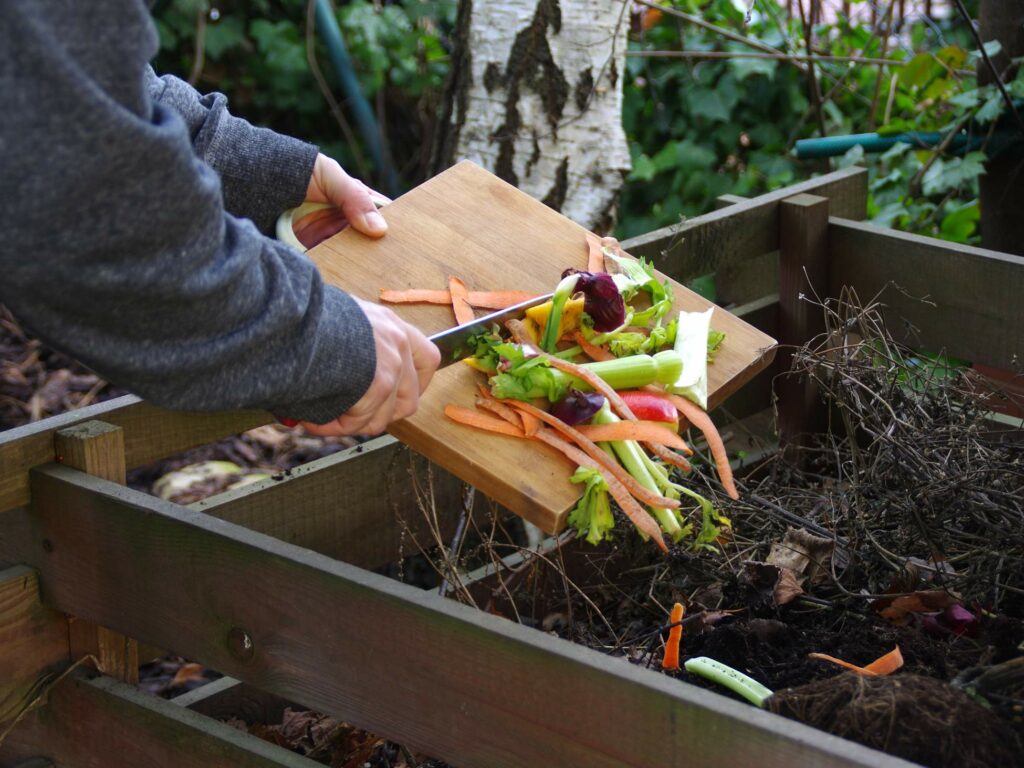
Minimize Food Waste
The greatest budget in the world won’t help much if the majority of your food is going to waste. Some waste is inevitable, but these tips will help you make the most of what you buy.
Proper Food Storage
Did you know that refrigerating potatoes actually harms their taste and texture? To maximize your food’s potential, look up how to store each item properly before putting it away.
You should also think carefully about the storage methods that will work best for you. For example, you might want to invest in clear containers so that you can see what food you already have in your fridge at a glance. Here are other food storage ideas to help prevent food waste:
- Refrigerate Perishables Right Away. It’s ideal to put away perishable foods like meat, dairy, and prepared foods as soon as you get home. This will help maintain their freshness and prevent quick spoilage.
- Use The Right Containers. Every type of food has a type of container that best maintains its freshness and quality. For example, dry goods like grains and cereals in airtight containers to keep them fresh and protect them from pests. I like to keep my nuts, seeds, and sauces in Mason jars. Experiment with various shapes and sizes to find out which ones work best for extending the lifespan of your food items.
- Organize Your Fridge and Pantry Regularly. When you organize your kitchen regularly, particularly the refrigerator and pantry, you’ll know where everything is and you’ll be able to easily locate items that you need. This way, you won’t forget that you have that big bag of oats tucked away in the back and reduce the chances of it going to waste. It also helps to label containers with the date of storage and expiration date so that they can be used before they expire.
- Store Raw Meats Separately. Many food items go to waste because they spoil before they are used. Cross-contamination of foods makes them go bad, so it’s important to keep your raw meats separate from other items, specifically ready-to-eat food. Meat should be stored, properly wrapped, in the fridge following this top-to-bottom order: whole fish, whole cuts of meat (beef and pork), ground meats and fish, and whole and ground poultry.
- Keep Your Fridge In The Right Temperature. To reduce the risk of spoilage and maintain the quality and safety of food, keep your fridge at 40 F or below and your freezer at 0 F. Being stored in the right temperatures will help dairy products and fresh vegetables last as long as possible
Creative Leftovers
With the internet at your fingertips, it’s never been easier to come up with new ways to enjoy every bit of the food you bring home. For example, cabbage is an affordable vegetable, but most cabbage recipes will leave you with plenty of leftovers.
Instead of letting those extras wither away, look for easy recipes to use up the rest. This 30-minute cabbage and sausage dish only requires a handful of ingredients and comes together with minimal effort. You can apply the same principle to any perishable products you buy.
Meal Plan With What You Already Have
When planning what to cook for dinner this week, don’t overlook the potential of what you already have. Have you got pasta noodles, canned tuna and frozen peas in your pantry? If so, you’ve got almost everything you need to make this easy tuna noodle casserole.
Have leftover cream cheese and sour cream? Perhaps a packet of French onion soup mix in your pantry? Make my easy onion dip! It’s tempting to stock up on a bunch of new items, but by using what you have at home first, you’ll save money and avoid waste.
How To Save Money On Groceries
Whether you live alone or are shopping for a big family, grocery shopping can be an unnecessary source of stress. However, individual actions — like establishing a budget, shopping smart, embracing rewards and minimizing waste — can add up to big savings.
If you don’t know where to start, pick just one strategy to try out this week. Once you see the results, you’ll be hungry for more.
Portions of this article originally appeared on Food Drink Life.


